Learn how campuses across the CSU continue to lead efforts in wildfire research, management and workforce preparation across multiple disciplines.
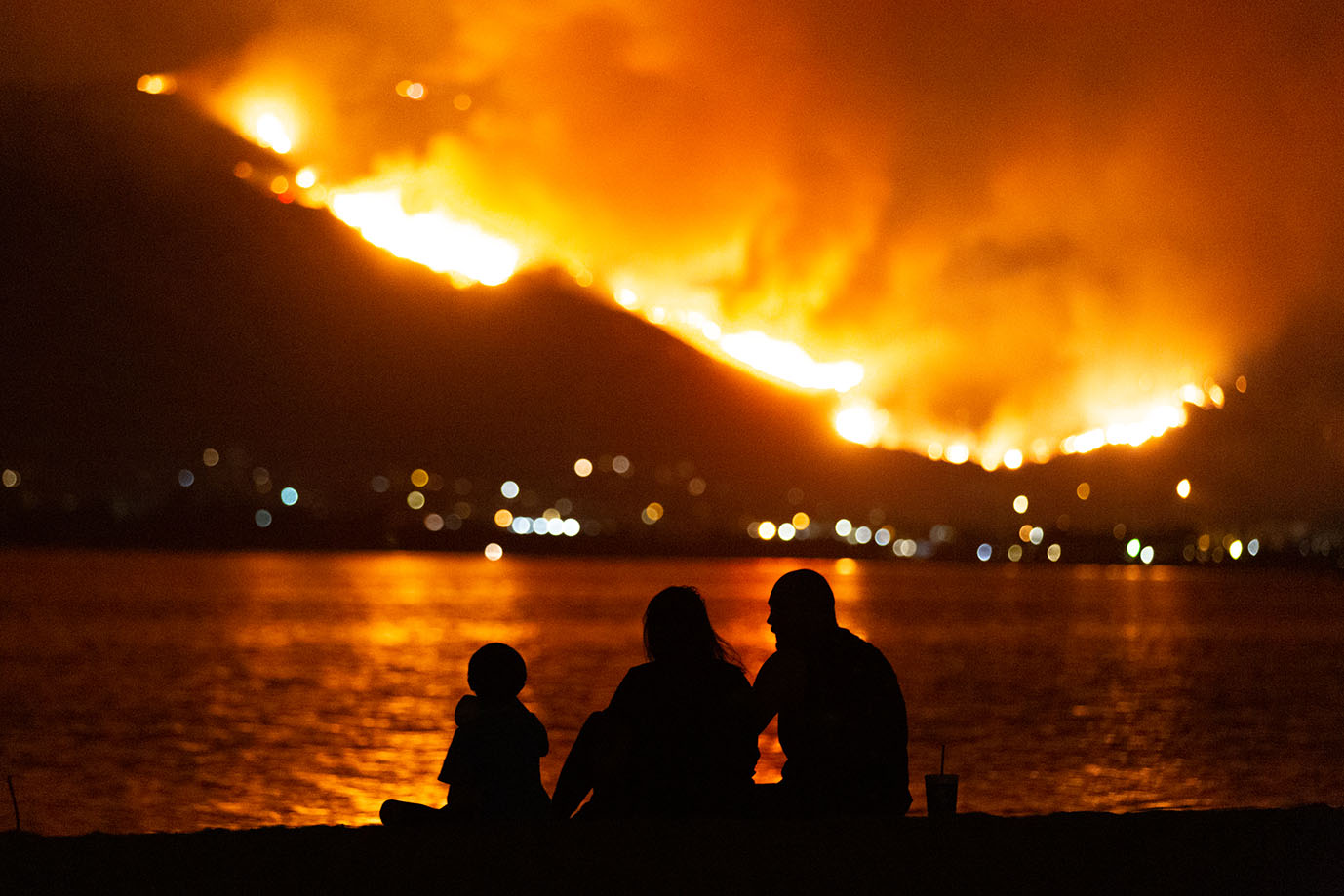
news, journals and articles from all over the world.

Learn how campuses across the CSU continue to lead efforts in wildfire research, management and workforce preparation across multiple disciplines.
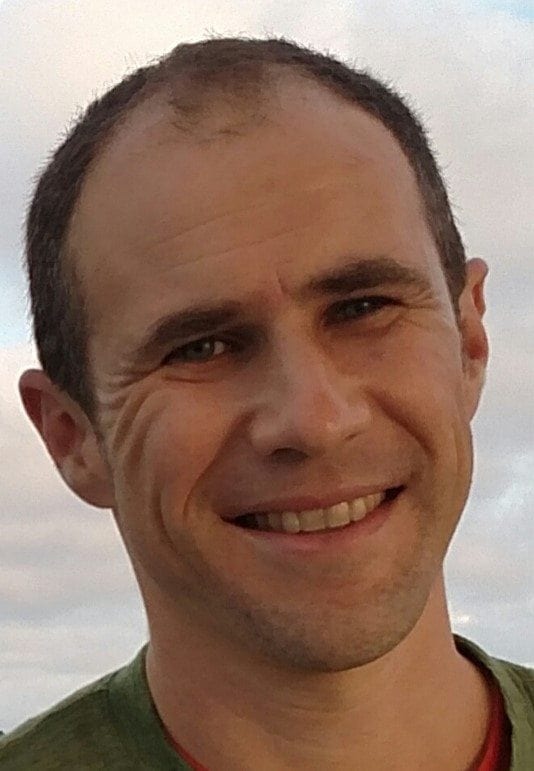
As triple-digit temperatures scorch millions in California and the Desert West, stoking wildfires and exacerbating drought conditions, Johns Hopkins experts can discuss the environmental and health impacts of the heat wave, and how officials can better prepare for the rest…
Campuses take part in $4.5 million partnership to better align preschool teacher preparation programs with California standards and diversify workforce.
A study of woodland ecosystems that provide habitat for rare and endangered species along streams and rivers throughout California reveals that some of these ecologically important areas are inadvertently benefitting from water that humans are diverting for their own needs. Though it seems a short-term boon to these ecosystems, the artificial supply creates an unintended dependence on its bounty, threatens the long-term survival of natural communities and spotlights the need for changes in the way water is managed across the state.
This week brings a milestone to pandemic-weary Californians: As of June 15, California public health guidelines that have been in place during the 15 months of the COVID-19 pandemic will be relaxed. Those who are fully vaccinated against COVID-19 will be able to go mask-free in most situations, but Cedars-Sinai infectious disease experts suggest masks, an important tool in preventing transmission of the virus, will be with us a while longer.
Disease resistance, biostimulants, phytonutrients and using microalgae among topics
A new study shows that two-thirds of Californians don’t know about a law designed to prevent a person at risk of hurting themselves or others from possessing or purchasing firearms or ammunition. More than 80% of survey participants were supportive once they read about this law.
Cal State Fullerton criminal justice professor Christine Gardiner’s new report about Californians’ perceptions of police and police reform offers an analysis of the poll conducted within months of Floyd’s death. The study shows Californians are inconsistent in how they feel…
On the eve of graduation, five CSU students reflect on their transformational time on campus, the wisdom they’ve gained and the insight they’ll take with them.
Graduation day is an exhilarating event. But what happens after the confetti settles? We spoke to CSU alumni to see how a degree impacted their lives post-graduation.
Saúl Jiménez-Sandoval Appointed President of
California State University, Fresno
A UCLA team has found that in the first three months of the COVID-19 pandemic, more than three million Californians reported their households went without sufficient food. That was an increase of 22% from the pre-pandemic rate, and the impact was felt widely across the state, especially among those already facing hunger.
The CSU marks its latest milestone with this year’s graduating class.
New research from the University of Utah ties the worsening trend of extreme poor air quality events in Western regions to wildfire activity, with growing trends of smoke impacting air quality clear into September.
Nitrogen is essential for crops, but when it gets into the water supply, it spells big trouble. Scientists are trying to help farmers strike the right balance by measuring their fields.
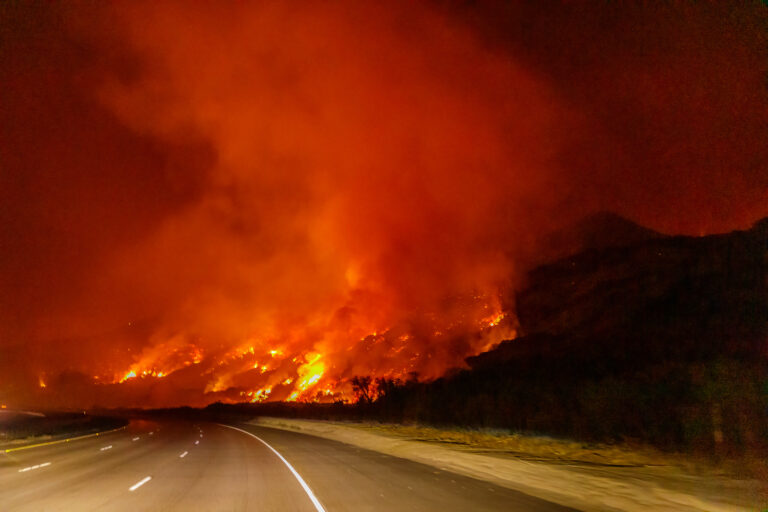
Irvine, Calif., April 22, 2021 — California’s wildfire problem, fueled by a concurrence of climate change and a heightened risk of human-caused ignitions in once uninhabited areas, has been getting worse with each passing year of the 21st century. Researchers in the Department of Civil & Environmental Engineering at the University of California, Irvine have conducted a thorough analysis of California Department of Forestry and Fire Protection wildfire statistics from 2000 to 2019, comparing them with data from 1920 to 1999.
California Sustainable Winegrowing Alliance programs promote sustainability

The CSU invests in the education of potential Cal State students.
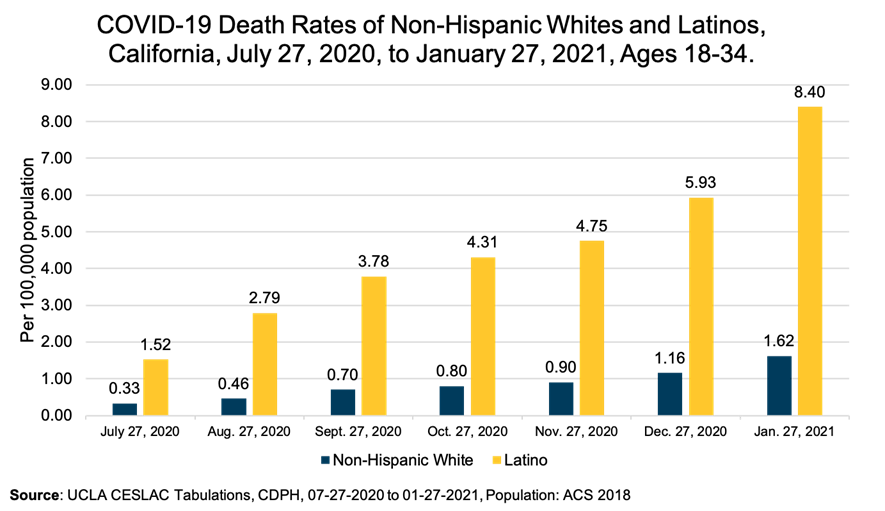
The COVID-19 surge of summer through winter 2020‒2021 devastated all population groups. Yet when the death rates of Latinos are compared to non-Hispanic white (NHW) rates in every age group, there is a significant disparity between the two: Latino death rates are from two to seven times higher than NHW rates.
The Supreme Court will hear arguments Monday in a case challenging the constitutionality of a California regulation that allows union organizers access to agricultural property to speak to farmworkers. Two property owners allege that the regulation violates the Fifth Amendment…
The Department of Energy pledged $1.68 million to Argonne National Laboratory over three years so it can create a virtual platform or digital twin that will allow experimentalists to explore their proposed studies prior to visiting the labs.
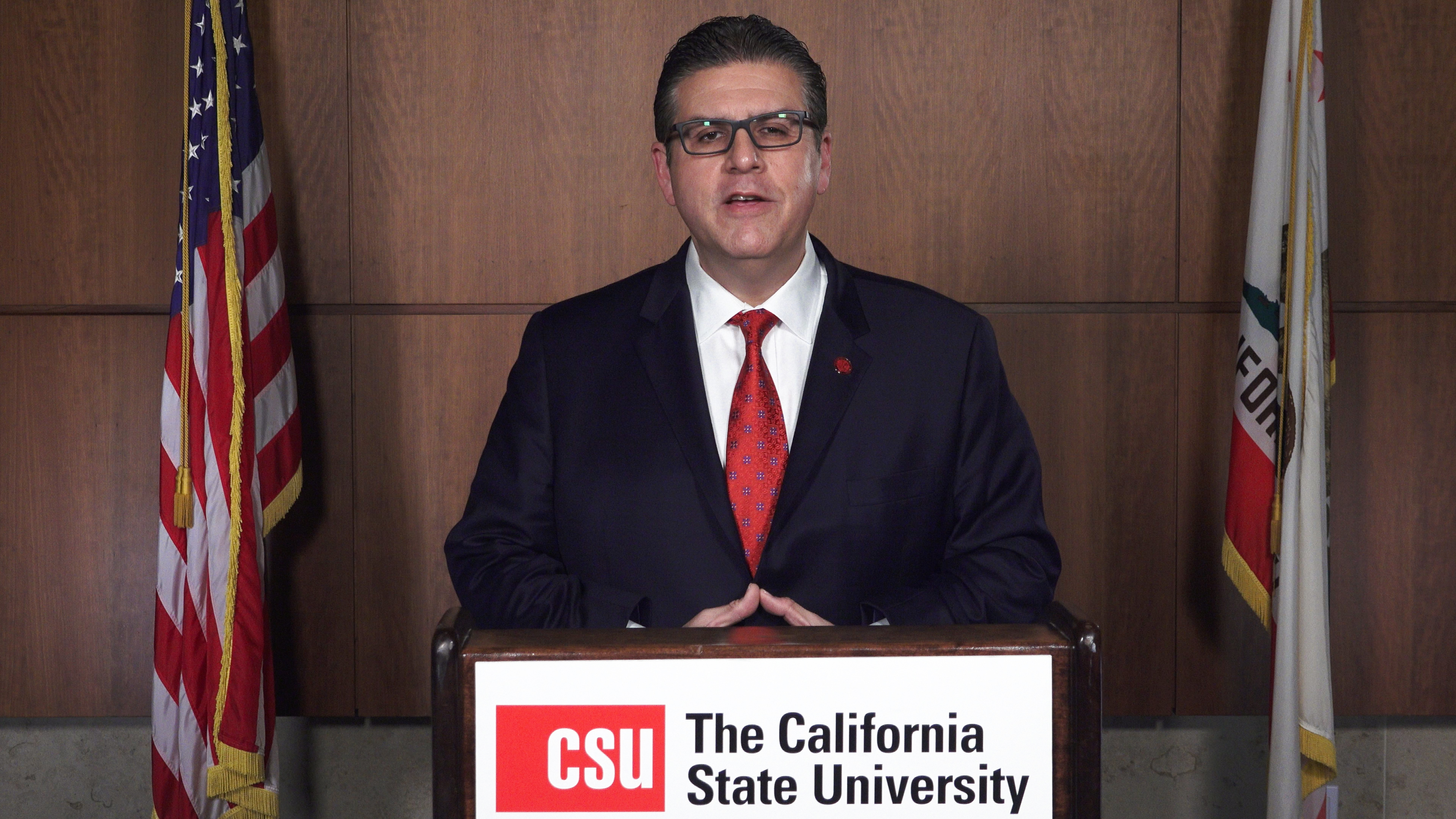
Outreach to African American community aims to encourage a college-going culture and to eliminate equity gaps.
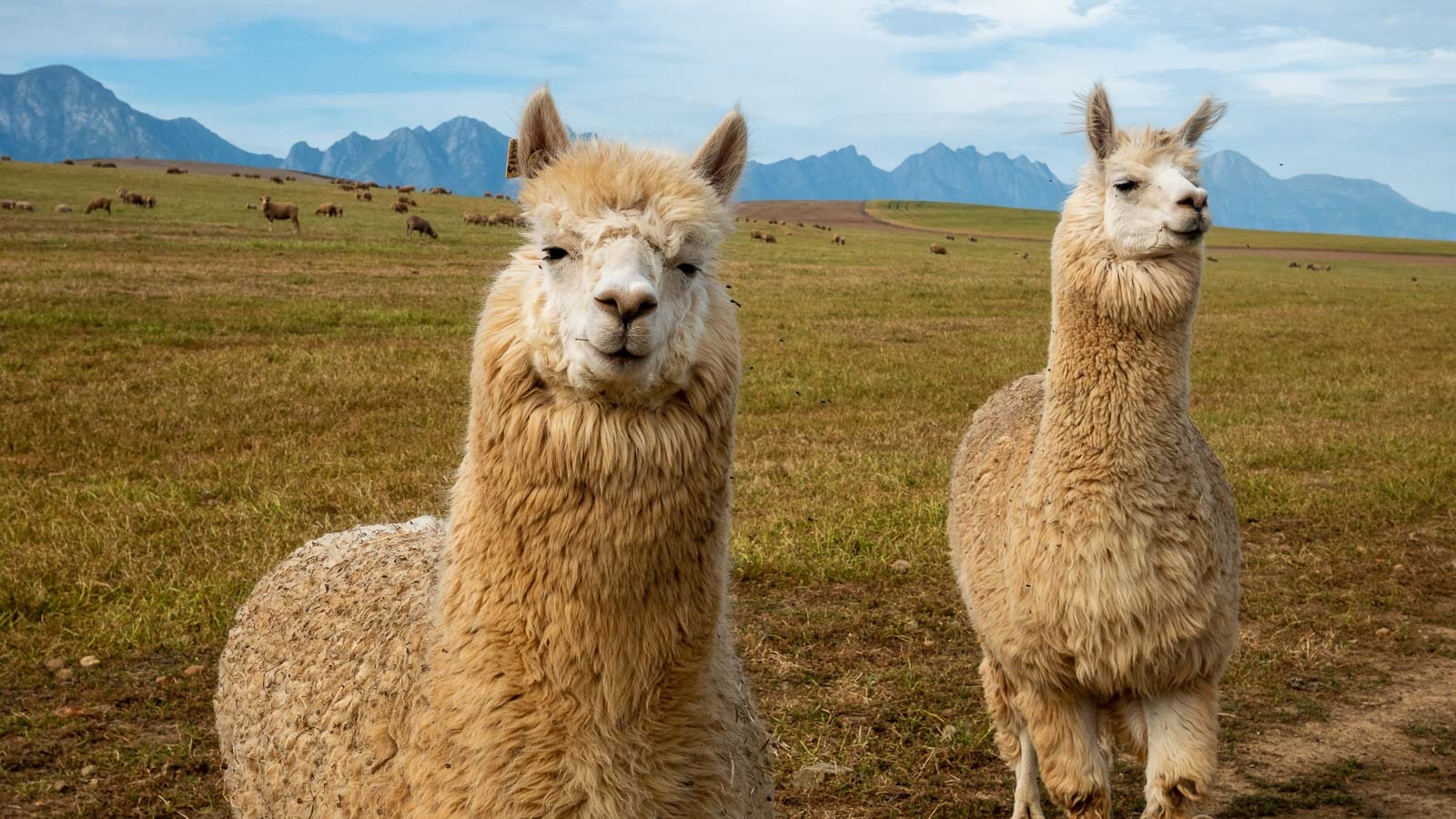
As the fight against COVID-19 continues, scientists have turned to an unlikely source for a potentially effective treatment: tiny antibodies naturally generated by llamas.

After the settlement, Governor Newsom unveiled California’s Safe Schools for All Plan, setting the record straight and setting precedent for other states.
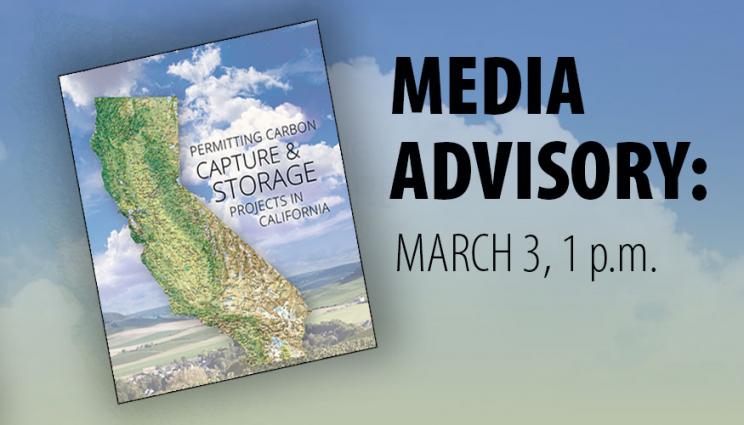
George Peridas, director of carbon management partnerships, and staff scientist Briana Schmidt from Lawrence Livermore National Laboratory, will be available to discuss results from a new report titled “Permitting Carbon Capture and Storage in California” that examined the regulatory framework for authorizing carbon capture and storage in California and offers options for government and project developers to enable robust, transparent and efficient project permitting in line with the state’s goal to reach carbon neutrality by 2045 or earlier.

To reach economy-wide carbon-neutrality by 2045 or earlier, California will likely have to capture, transport and geologically store tens of millions of tons per year of carbon dioxide (CO2) from large sources and from the atmosphere.
California has an extensive regulatory framework that is rigorous, robust and will safeguard the environment, public health and safety during these activities. However, this framework cannot handle the timely permitting and deployment of sufficient projects to protect the rapidly worsening climate and support achieving the state’s climate goals, according to a report by Lawrence Livermore National Laboratory (LLNL).
Scientists at Argonne developed a climate model that projects future conditions at neighborhood-level scale across the entire United States to help PG&E plan for extreme weather events in California.
New and soon-to-be CSU graduates are well positioned to navigate the post-COVID economy with resilience.
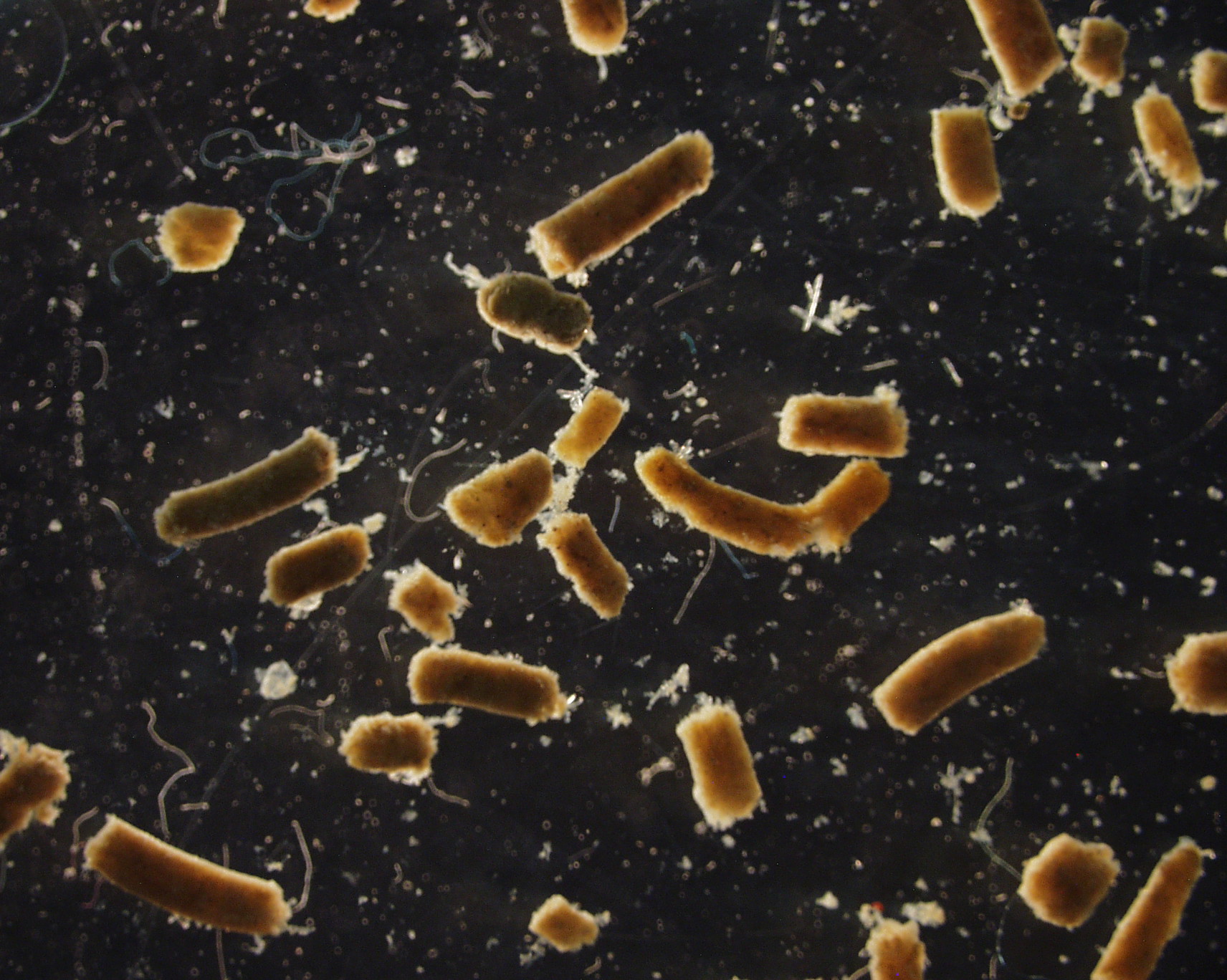
Scientists have little understanding of the role fishes play in the global carbon cycle linked to climate change, but a Rutgers-led study found that carbon in feces, respiration and other excretions from fishes – roughly 1.65 billion tons annually – make up about 16 percent of the total carbon that sinks below the ocean’s upper layers.

Supporting its mission of public service, the CSU is hosting COVID vaccination clinics statewide to help end the pandemic.
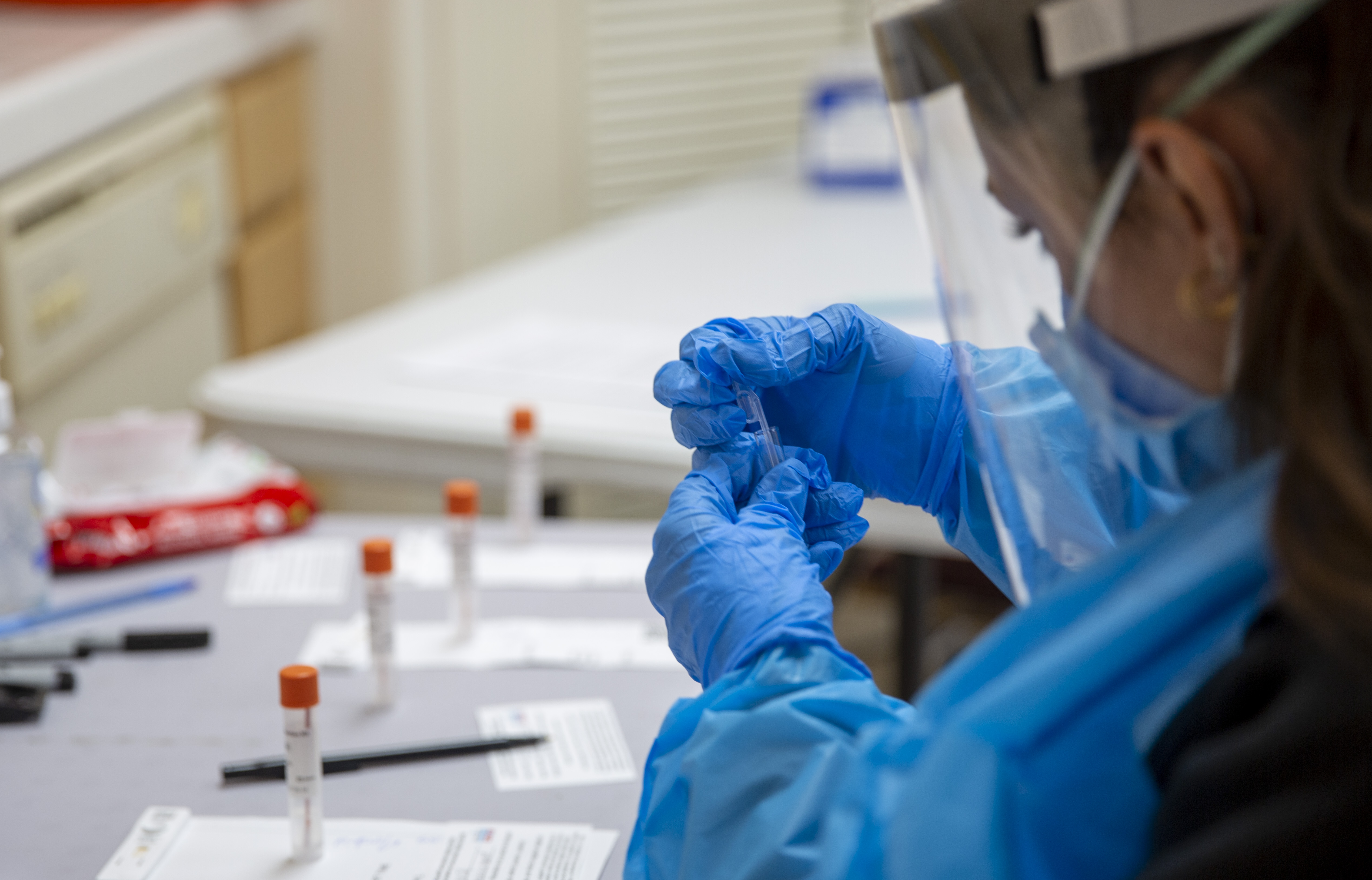
As the health crisis appears to plateau, CSU faculty and students continue to pool their time, talents and resources to fight the spread.

Exemplary faculty and students from Cal State Fullerton, CSUN and Sacramento State were honored during the virtual university-wide symposium.
A survey of Californians finds that exposure to violence has pervasive social and emotional impacts on people, especially when firearms are involved.
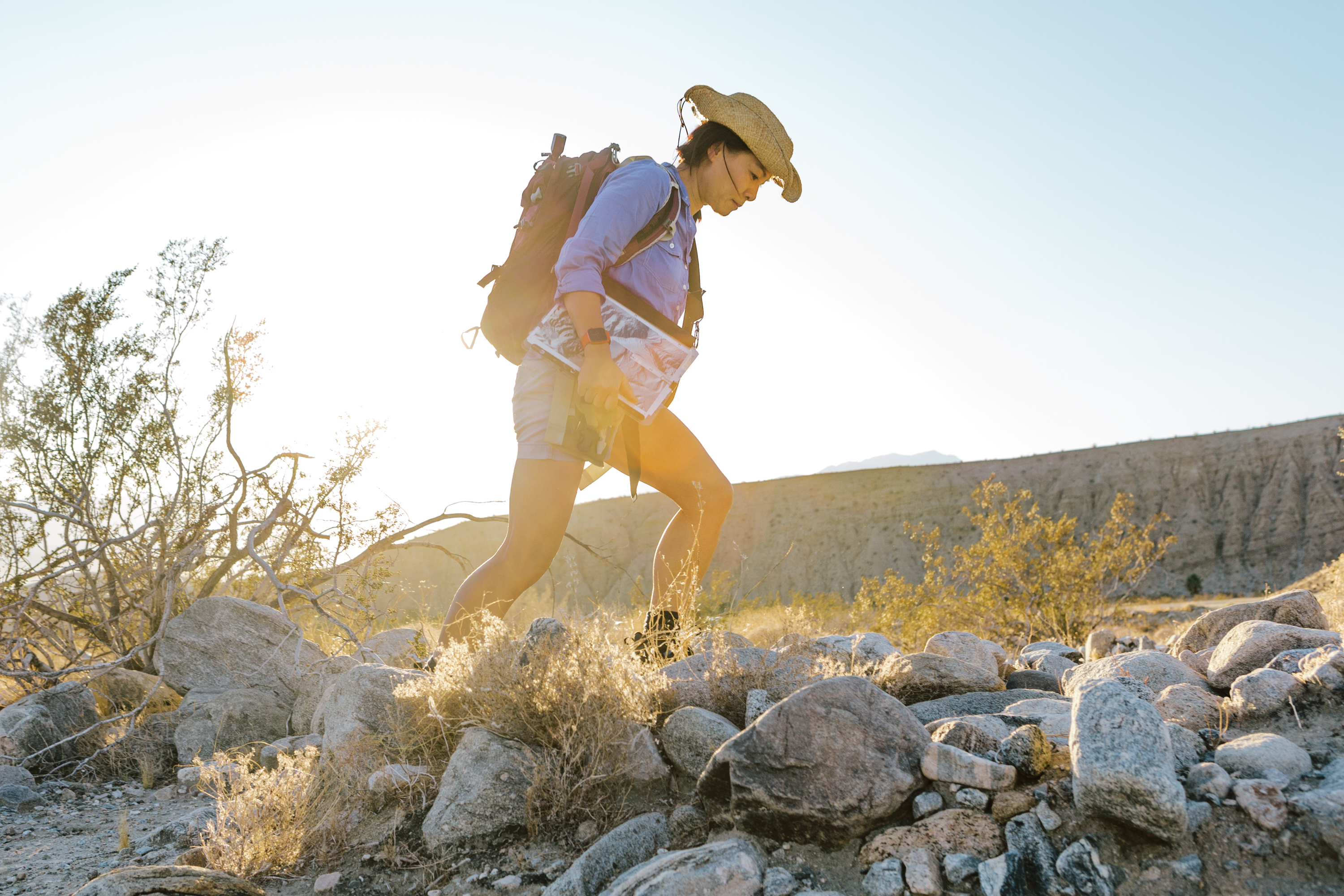
CSU geology experts study the active land California inhabits to better understand earthquakes and predict the location and intensity of future temblors.
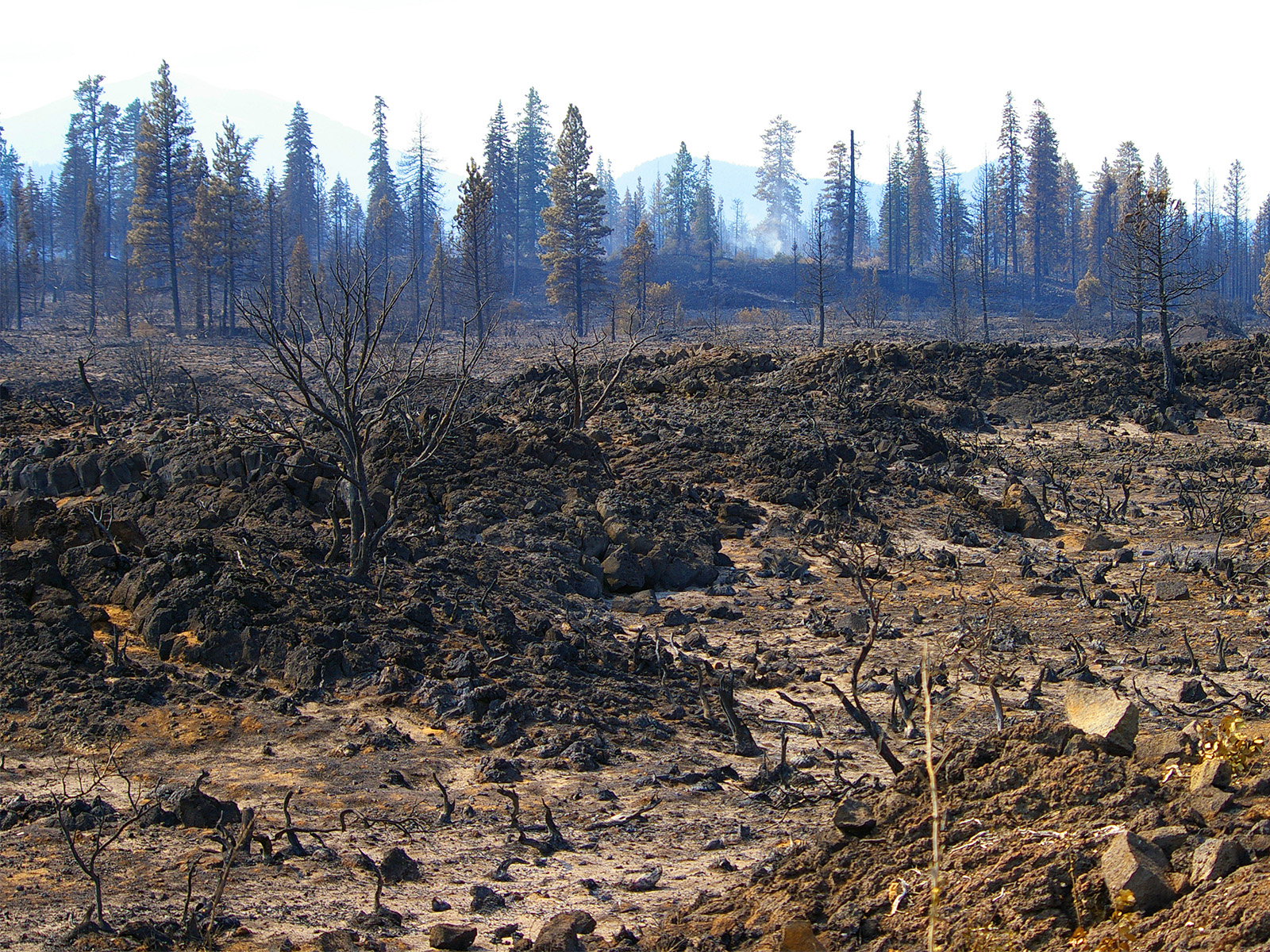
California and other areas of the U.S. Southwest may see less future winter precipitation than previously projected by climate models. After probing a persistent error in widely used models, PNNL researchers estimate that California will likely experience drier winters in the future than projected by some climate models, meaning residents may see less spring runoff, higher spring temperatures, and an increased risk of wildfire in coming years.
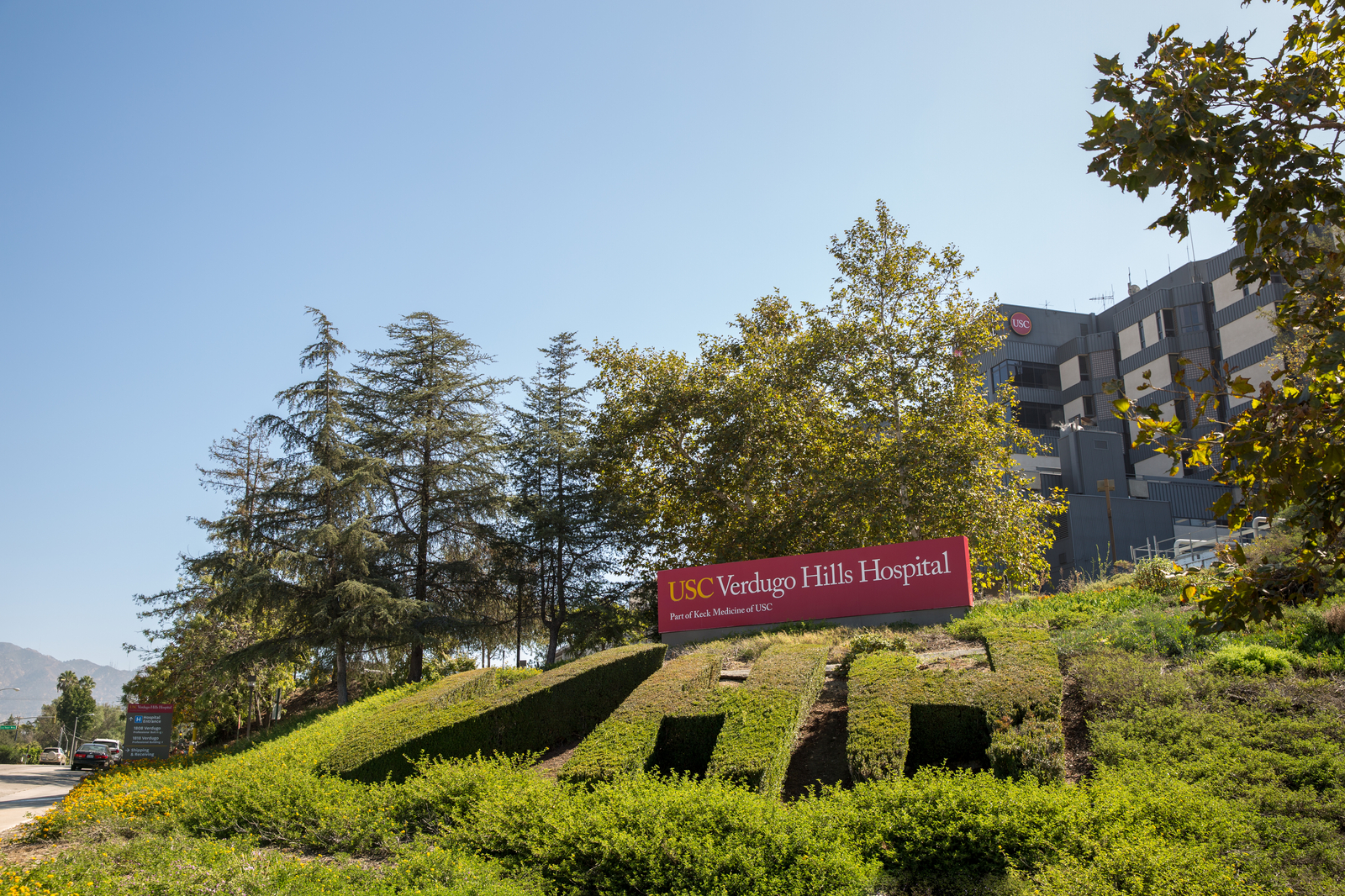
USC Verdugo Hills Hospital launches the Community Resource Center for Aging, a call center to help older adults and their caregivers navigate everything from transportation to housing to grocery delivery.
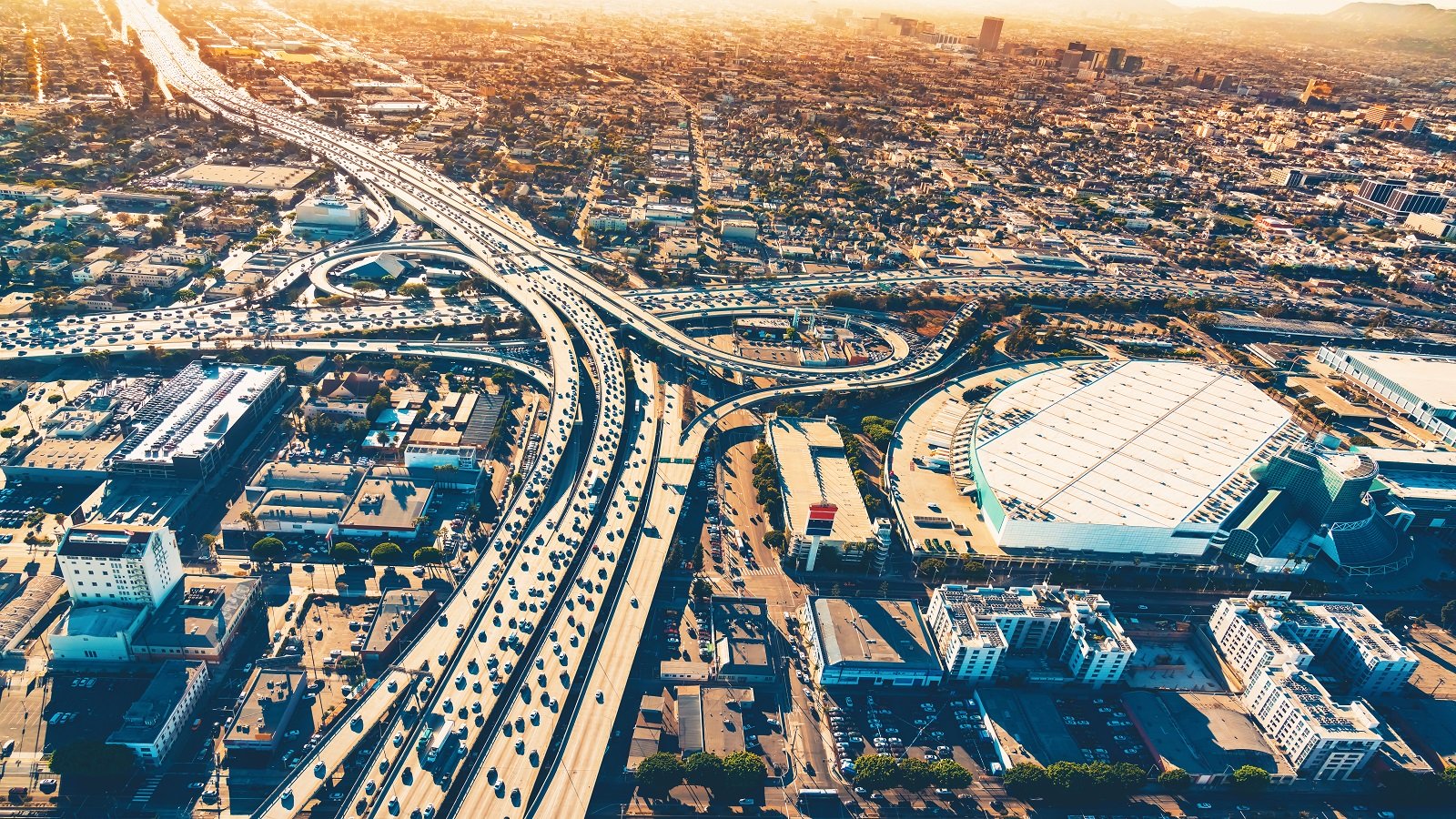
Researchers from Argonne have developed a new way to accurately forecast traffic and proved that it could work using as their model the California highway system, the busiest in the United States.
Californians will decide the fate of companies including Uber, Lyft, and Instacart in their state this week as they consider the ballot measure Proposition 22. Proposition 22 will determine whether workers at app-based transportation companies are classified as independent contractors…
The CSU Program for Education and Research in Biotechnology (CSUPERB) continues to prepare students for California’s growing biotechnology workforce in several disciplines across all 23 campuses.
A new study by the UC Davis Violence Prevention Program looked at the intersection of the coronavirus pandemic and violence-related harms in California. It found that COVID-19 pandemic was linked to an estimated 110,000 firearm purchases in California and increases in individuals’ worries about violence.
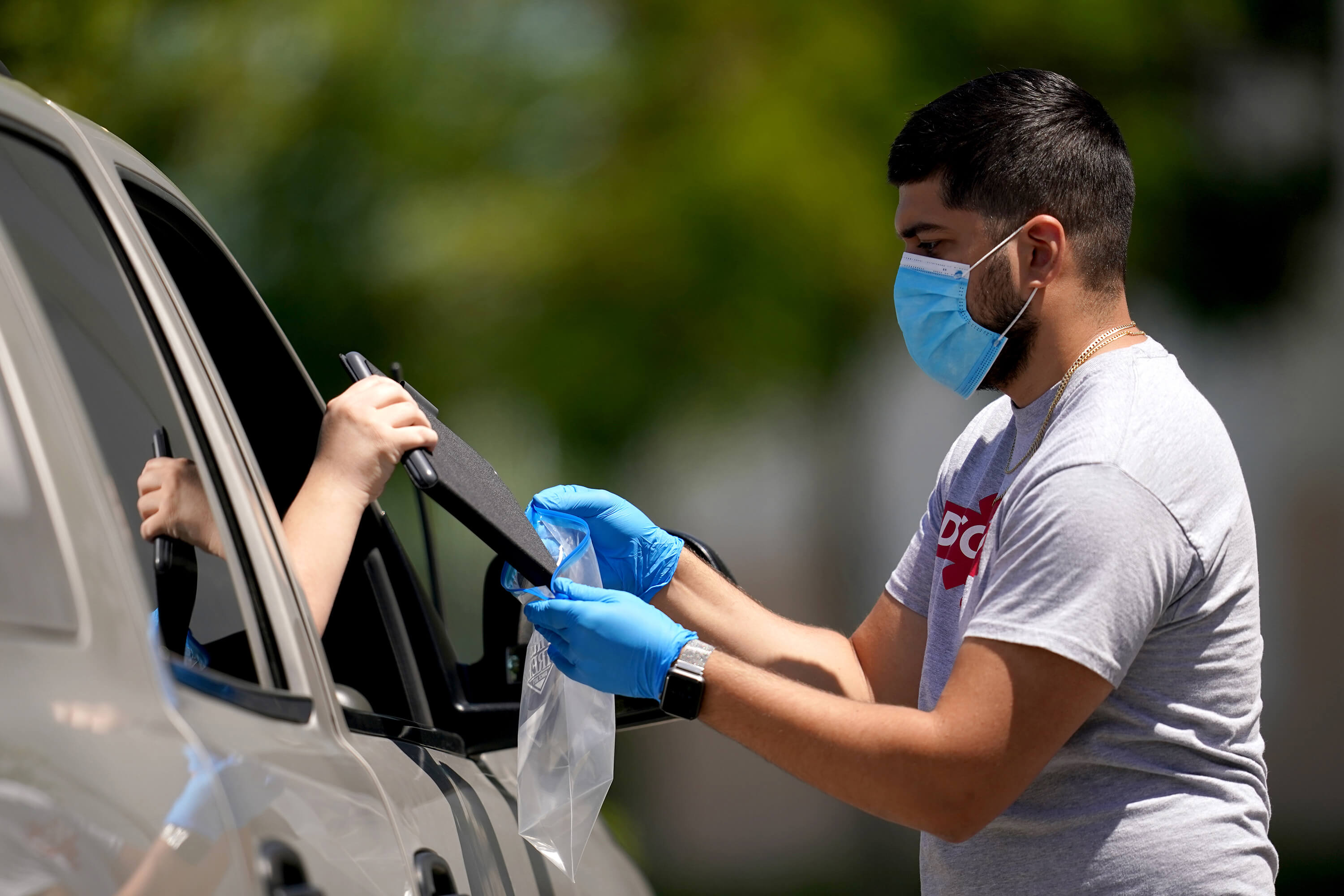
Discover how the CSU is increasing critical technology access to ensure student success in virtual learning.
The Glass Fire has already burned over 55,500 acres and hot, dry, windy conditions threaten additional fire danger to California’s Napa and Sonoma wine regions. Cheryl Stanley is a lecturer in food and beverage management at the Cornell University School of…
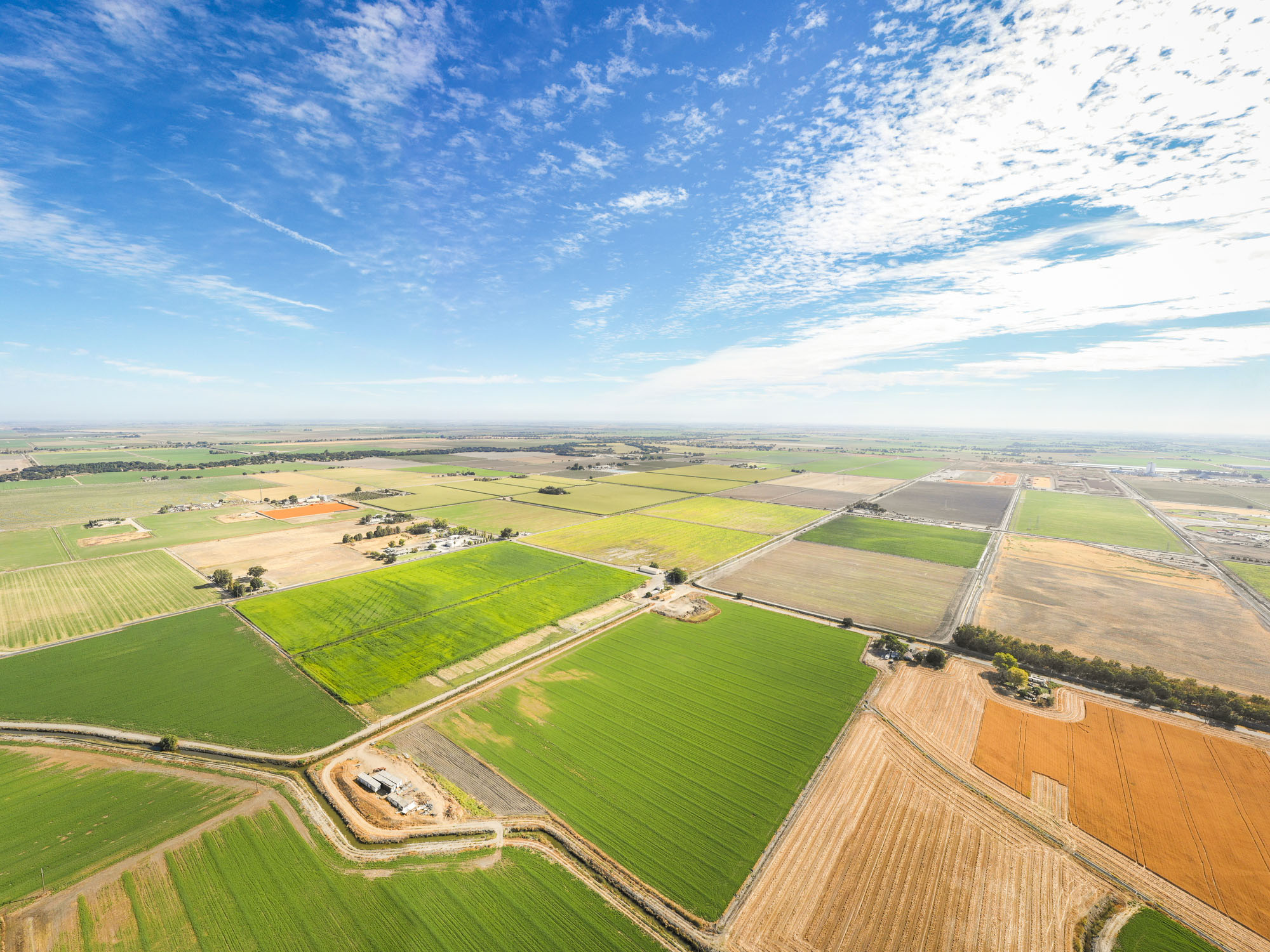
Researchers at the University of California San Diego report in a new study a way to improve groundwater monitoring by using a remote sensing technology (known as InSAR), in conjunction with climate and land cover data, to bridge gaps in the understanding of sustainable groundwater in California’s San Joaquin Valley.
This week, the Governor of California announced the state will ban the sale of new gasoline-powered passenger cars and trucks in 2035 — a move that is putting pressure on auto companies to boost their efforts to develop electric vehicles.…
Wildfires continue to rage in California, Oregon and other western states as residents evacuate, while cities like San Francisco face eerie smoke cover and poor air quality. Kathleen Bergin, professor of law at Cornell Law School, is an expert in…
Hurricane Laura devastated parts of Louisiana and Texas last week with high winds and flooding, as communities in California battle severe wildfires. Federal government programs intended to help communities in the aftermath of disaster face additional challenges this year due…
Despite a significant drop in gun injuries, California has experienced a substantial increase in the state’s overall death rate among those wounded by firearms.
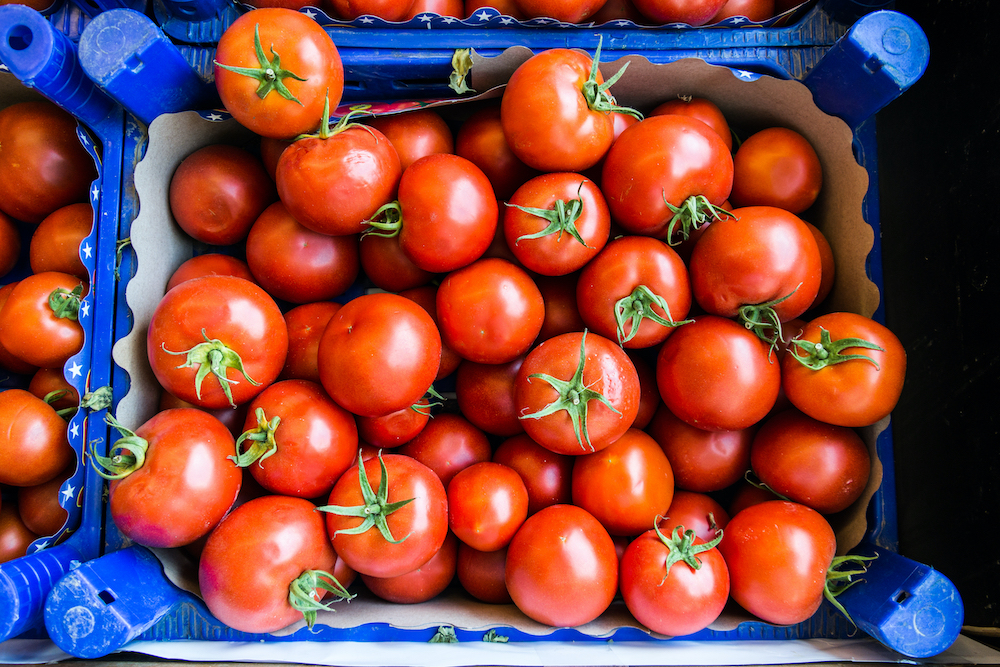
New research from Lawrence Berkeley National Laboratory (Berkeley Lab) shows that by the years 2045-2049 future temperatures will have more of an effect on when cool-season crops, such as broccoli and lettuce, can be grown than on where, while for warm-season crops (cantaloupe, tomatoes, carrots) the impact will be greater for where they can be grown versus when.

Biography : Dr. Josef Ruzek is a clinical psychologist specializing in treatment of post-traumatic stress problems. He currently serves as Director of the Dissemination and Training Division of the U.S. Department of Veterans Affairs National Center for PTSD. He is…
In a commentary, researchers demonstrate the stark differences in public health strategies from two democratic republics: South Korea and the United States, which have led to alarming differences in cases and deaths from COVID-19. After adjusting for the 6.5 fold differences in populations, the U.S. has suffered 47 times more cases and 79 times more deaths than South Korea.